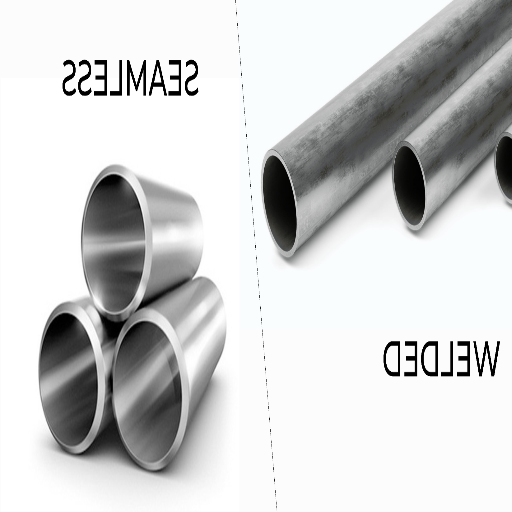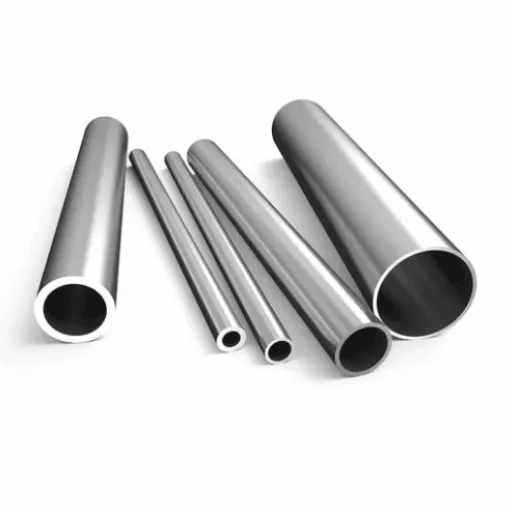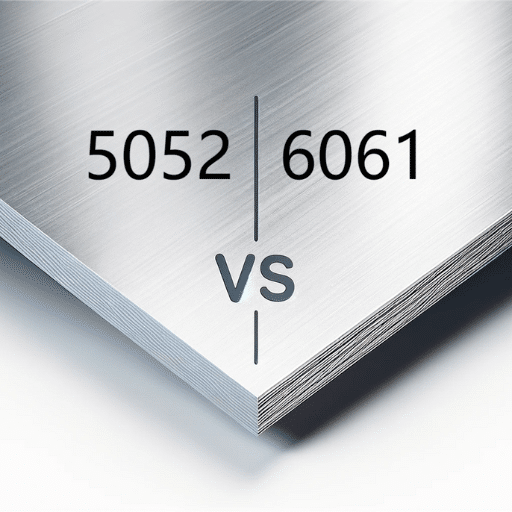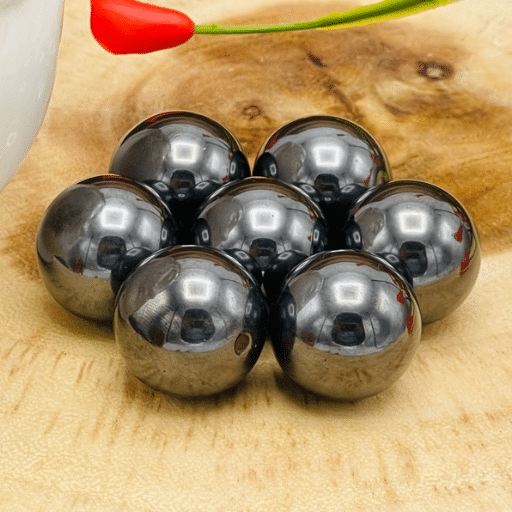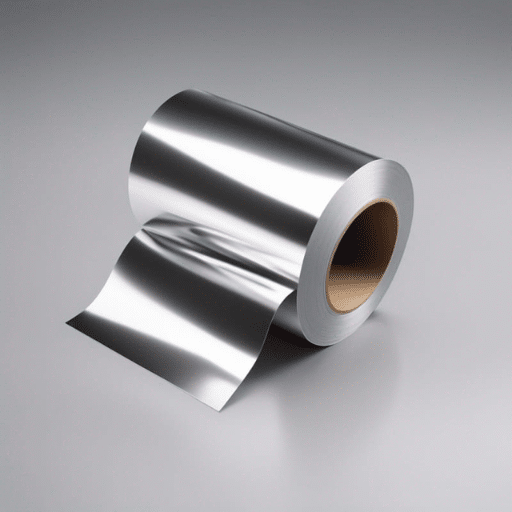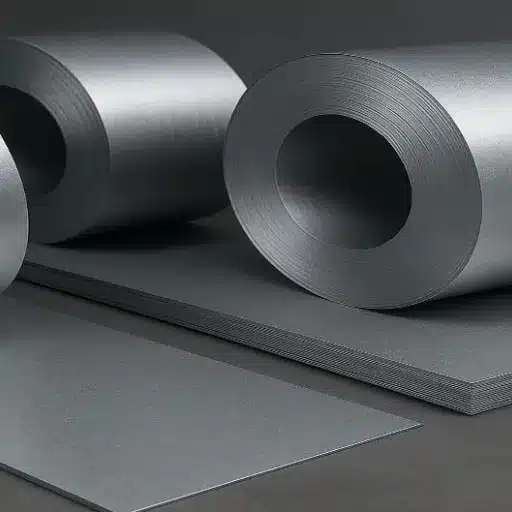When it comes to selecting the right type of pipe for your project, the choice between seamless and welded options is a critical decision that can impact performance, durability, and cost. Each type has its own set of advantages and limitations, making it essential to understand their differences to ensure optimal results. Whether you’re working in construction, energy, manufacturing, or another industry, the materials and construction methods of your piping system can significantly influence its reliability and efficiency. This article provides a comprehensive comparison between seamless and welded pipes, equipping you with the insights needed to make an informed decision tailored to your project’s requirements.
What is the Difference Between Seamless and Welded Pipe?
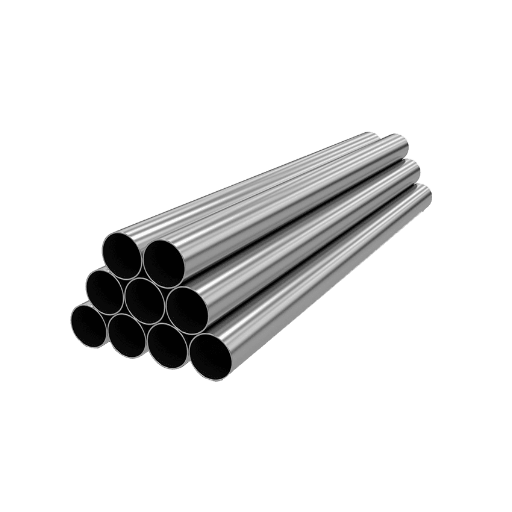
Understanding Seamless Pipe Manufacturing Process
Seamless pipes are produced without welding or joints in any part of the pipe. It all starts with a steel billet, a solid cylindrical piece, which is heated and pierced to make a hollow tube. The hollow structure is then elongated and shaped into a pipe through rolling or extrusion. The pipe’s uniform structure is due to the absence of welding, which ensures the maintenance of uniformity throughout the length.
Seamless pipes are highly advantageous owing to their lack of seams. Their strength and durability with respect to welded pipes increases as wrought joints do not weaken them. These characteristics enable their use in high-pressure applications like oil and gas, power generation, and chemical processing industries. Furthermore, seamless pipes usually offer better resistance to extreme conditions of corrosion and cracking.
Seamless pipes do have some disadvantages. Usually, their manufacturing is more complex and time consuming resulting in higher prices compared to welded pipes. Precise measurement attainment proves to be difficult with seamless pipes. Regardless, if performance and reliability are critical for the system, seamless pipes are the preferred choice.
How the Welded Pipe Manufacturing Process Works
In the manufacturing of welded pipes, the first step is the joining of steel plates or coils to produce a pipe. It commonly begins by cutting and rolling steel sheets or coils into a specific cylindrical shape. After the edges of the weldable pieces are prepared, they are aligned together, and some welding is performed. In modern times, High-Frequency Electric Resistance Welding or ERW is employed because of its effectiveness in producing strong joints.
Welded pipes have to be finished to conform to a certain quality before they can be used. This involves performing heat treatment to some parts of the pipe to alleviate and relieve excessive stress along the pipe caused during welding, followed by inspection for any defects and verifying that there is no weak spot within the weld seam. Pipes have to be verified if the welded parts are strong and stiff by evaluating them using non-destructive tests such as ultrasound or X-rays. Pipes have to be sliced into needed sizes with design alterations such as surface enhancement or coating if necessary.
Welded pipes are used in a variety of industries and are cost-effective. When compared with seamless pipes, welded pipes are easier and cheaper to manufacture. Additionally, they can be made in larger diameters, which aids in transporting water, oil, and gas, and even serves in structural capacities. Despite the large advantages welded pipes provide, modern techniques still have challenges to overcome, such as dealing with high pressure or corrosive environments, which makes seamless pipes a better choice for extreme weather.
Which One Offers Better Corrosion Resistance?
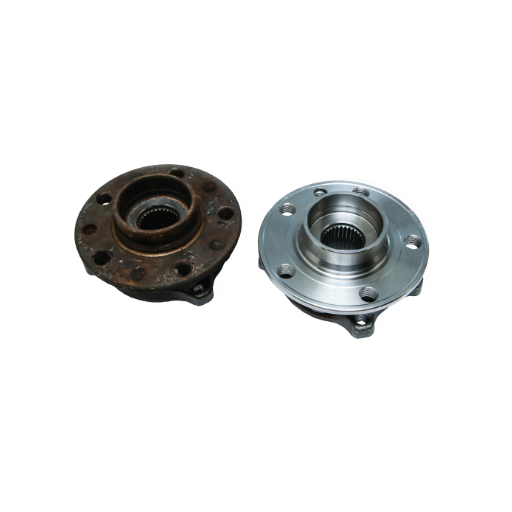
The Role of Material and Alloy in Corrosion
The type of alloy used is crucial in evaluating the corrosion resistance of pipelines and their application in construction. Certain materials have greater resistance compared to others in specific corrosive environments, which might include high temperatures, saltwater, or even harsh chemicals. Generally, the service life and function of the pipe are controlled by the alloy composition, surface treatment, and environmental factors involved. The following details are the five most commonly used alloys and materials that require corrosion resistance:
- Stainless Steel: Due to its resistance to corrosion as a result of oxidation, stainless steel is extremely popular because of its passive oxide layer (which is usually over 10.5% chromium) as well as a lot of other factors. For example, molybdenum-bearing 316 stainless steel is increasingly mulled over because of its better resistance to chloride pitting, particularly in maritime applications.
- Carbon Steel with Coatings: Steel is preferred in a lot of industries due to its comparatively cheaper prices and high mechanical strength. On the contrary, carbon steel isn’t very effective at resisting corrosion in harsh conditions without some kind of aggressive treatment, which is why it is often covered with epoxy or enamel.
- Nickel Alloys: Ranging in uses from oil refineries to sea and maring applications, Nickel based alloys like Monel (Alloy 400) or Inconel (Alloy 625) are widely popular due to their robust perfomrnace in acid media and seawater. Additionally, they possess high level resistance towards chemical corrosion as well as hight temperatures.
- Copper-Nickel Alloys: Copper alloys are popular in the marine industry due to their exceptional shore resistance, biofouling, and seawater corrosion. In shipbuilding and heat exchanger systems where salt water exposure is disrupted, copper based alloys are ideal.
- Titanium Alloys: Having withstood the test of time, titanium is remarkably resistant to strong oxidizing media, along with chlorides and strong desalination. Although expensive, its limited use in extreme environments can be attributed to its compatibility with highly corrosive media.
Each material and alloy presents unique benefits and limitations, but the ultimate decision for a specific alloy relies on multi-faceted factors, such as operating temperature, the environmental conditions, budget, exposure to corrosives, and lastly pressure. Balancing these factors and maintaining optimal conditions will ensure sustained durability and prolonged wearing life.
Impact of Weld Seam on Corrosion
The weld seam contributes significantly to the corrosion resistance of the fabricated structure. Welding processes are known to change the metallurgy of the material, creating or exacerbating preexisting features such as grain boundaries, residual stresses, and the heat-affected zone (HAZ). These features tend to be localized weaknesses, which are more susceptible to localized corrosion in the form of pitting, crevice corrosion, or intergranular corrosion, especially in stainless steel or aluminum alloys.
Some of the seams of the most important components of the corrosion-resistant weld that are often overlooked are the selection of filler metals, applied heat, and the surface conditioning of the part after the weld has been made. Filler metals may corrode with other nonfiller metals due to galvanic dissimilarity because of a poor choice of the filler. Additionally, excessive heat input might invite phase changes or dredge up particles that could otherwise aid in the widow’s corrosion resistance because of unwanted pitting or crevices of the exposed material. Adequate surface conditioning is essential to preventing corrosion later. Passivation of stainless steel, mechanical polishing, and other forms of polishing aid in recovering the protective layer post-weld.
Modern techniques, such as laser welding and hybrid laser-arc welding, have been shown to reduce both the heat-affected zone (HAZ) and the risk of corrosion. Furthermore, ultrasonic testing, which falls under the category of nondestructive testing (NDT), can be used to evaluate the weld seam for any potential flaws that could compromise the integrity of the structure. Therefore, the procedures for welding should be refined and new technologies integrated to reduce the risk of corrosion in welded structures, especially those subjected to extreme operational conditions.
How to Choose the Right Pipe for Othe il and Gas Industry?
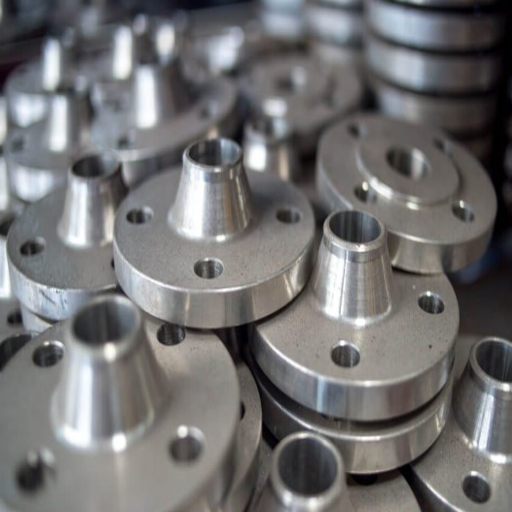
Factors Influencing Seamless or Welded Decision
The choice between seamless and welded pipes in the oil and gas sector is a blend of their technical, operational, and economic aspects – interests. Their application pressure and temperature are of critical interest. Seamless pipes are preferred over welded ones for high-pressure and high-temperature environments—for example, the long-distance transportation of crude oil or natural gas—because they have a uniform structure and no welds. As a rule, welded pipes are acceptable for low-pressure environments as well, because of their streamlined manufacturing process, welded pipes are cheaper.
Also, how resistant to corrosion the pipes need to be is another key factor. Both seamless and welded pipes can be made from corrosion-resistant alloys, but in welded pipes, the weld seams may be more prone to localized corrosion, so they may need extra treatment or examination in the production stage. In addition, the diameter and the wall thickness of the pipes play an equally important role. Welded pipes are used for larger diameters, and seamless pipes for smaller, high-strength applications.
Subsea pipelines or offshore applications may require seamless pipes due to the rigid API or ISO standards. Moreover, the advancements in welding technology have narrowed the difference in mechanical strength between welded and seamless pipes, shifting the decision toward the specific application and price.
Taking into account the material properties, specific project requirements, and project lifetime expenses, engineers will have sufficient information to guarantee safety, efficiency, and reliability throughout the lifespan of oil and gas pipeline systems.
Importance of Temperature and Pressure in Selection
The selection and operation of the pipeline systems are highly influenced by the temperature and pressure, as both of these factors impact the behavior of materials and safety. The design and installation process must consider the ways high temperatures, such as those encountered during operation, can reduce material strength, accelerate corrosion, or modify expansion. On the other extreme of the spectrum, cryogenic applications have extremely low temperatures, which can result in increased brittleness and decreased ductility, which may require the use of alloys or specialized composite materials.
The same importance has to be given to pressure conditions as well. Pipelines that operate under high pressure need to be constructed out of durable materials that can withstand mechanical loads while avoiding deformation or rupture. Dealing with surge pressure or water hammer impacts requires the use of transient flow analysis to assess other pressure variations, as failure to mitigate the risks for instantaneous catastrophic eruptions can result in catastrophic destruction.
By incorporating temperature and pressure considerations into the selection process, engineers can use modeling and simulation tools to evaluate system performance under different operating conditions. This aids in determining optimal material combinations with requisite tensile strength, corrosion-resistant, thermal, and stability properties, which result in safe, low-maintenance pipelines.
What are the Typical Applications of Seamless and Welded Pipe?
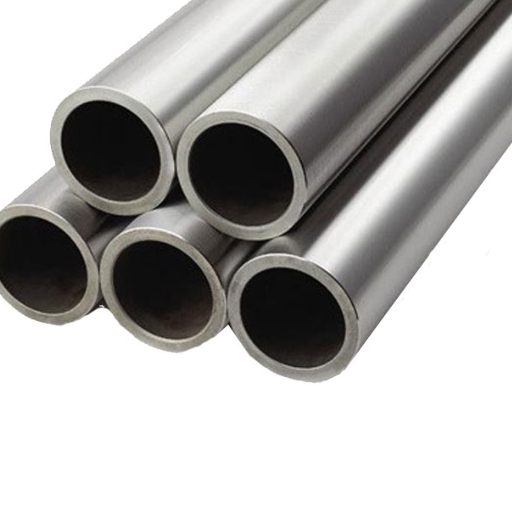
Seamless Pipe Uses in High-Pressure Environments
Pipes that do not have seams are used in industries that need very high standards of strength and reliability due to high pressure. Their smooth and self-containing design guarantees optimal operation and greatly reduces chances of failure even in very stressful conditions.
- Oil and Natural Gas Sectors: They are extensively used in the following operations that are considered exploration and exploitation activities: drilling, as well as transportation of crude oil and natural gas. They are robust enough to withstand very high pressure in deep wells and very severe conditions such as offshore platforms.
- A Power Generation Plant: In thermal and nuclear power plants, these pipes are needed to convey water and steam at very high temperatures and high pressure. They are used in very important parts such as superheaters, reheaters, and boilers because the constant thermal and mechanical load will not change their shape.
- Chemical and Petrochemical Sectors: In a chemical processing plant these pipes are crucial for the movement of fluids that have high pressure and corrosive fluids. The violent chemicals that are very dangerous can be controlled because of the pipes resistance to corrosion and the resulting strength.
- Aerospace and Defense Applications: Systems of high-performance engines and hydraulics in the aerospace and defense domains utilize seamless pipes for transporting fluids under pressure. The combination of precision manufacturing and robust properties creates a pipe suitable for environments that are both dependable and light.
- Hydraulic Cylinders and Systems: The entire range of hydraulic machinery utilizes seamless pipes as they transmit hydraulic fluid under high pressure. In heavy machinery and industrial equipment, any fluctuation in pressure must be managed without changing shape or leaking the fluid. Pipes built with such properties are vital.
These applications prove that seamless pipes have been designed for safety, durability, and high-pressure structural environments such as construction sites.
Where to Use Welded Pipe Effectively
The factors that govern operating pressure and cost, alongside structural needs, dictate the application of welded pipes. Often, welded pipes are used in low to moderately pressurized systems, which include water transport systems, oil and gas pipelines, and general fluid transport systems. Their construction entails the welding of rolled plates or strips of steel, which makes them cheaper than seamless pipes. This adds to the economic value of infrastructure projects that are built on a large scale.
Welded pipes are used in construction and architectural design for scaffolding, handrails, and support tubing. construction. Furthermore, their constancy in wall thickness coupled with a wide range of obtainable diameters, makes them adaptable for gentle stress conditions. The scope of usage of welded pipes in different industrial fields has been increased due to the enhancement of weld strength and quality in different sectors.
Welded pipes work best for me where cost effectiveness and supply are critical, particularly for projects that do not need the extreme pressure resistance characteristic of hydraulic systems. For example, welded pipes are used in irrigation systems and building frameworks which require reasonable strength. They are strong enough to do the job and they do not go over budget. Their low cost and enhanced functionality makes these pipes useful in many cases.
Cost Considerations: Is Seamless vs Welded Pipe More Economical?
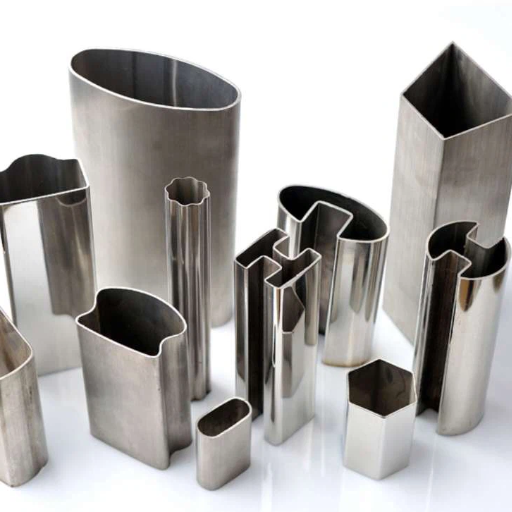
Evaluating Material and Manufacturing Costs
Regarding the two types of pipes, seamless and welded, one of the distinguishing differences is their material and manufacturing costs about economy. In line with these expectations, seamless pipes tend to cost more when compared to welded pipes because of the intensive manufacturing process involved. The solid billets have to undergo either extrusion or rotary piercing. The machinery and raw materials used in these processes are highly advanced, which, as a result, increases production costs. Contrarily, welded pipes are produced at a lower cost because of the lower required manufacturing processes. In terms of economy, welded pipes are favorable, especially when durability is not prioritized.
Aside from the pipes themselves, additional factors need to be highlighted when discussing costs. Factors like the trade and supply chain are equally important because they play a larger role in the prices of the pipes. Welded pipes tend to be more available in the market because their production cycle is faster than that of seamless pipes. The complicated nature of production processes, coupled with long production times, results in seamless pipes often being supply. The working nature of supply and production timeframes, alongside pricing trends, makes welded pipes the ideal economical pipes for budget-constrained projects.
Assured performance coupled with reasonable expenditures requires that the project at hand take into consideration the balance between material costs, production costs, along the other pipe selection criteria.
Long-Term Cost Efficiency of Each Type
When considering the long-term cost efficiency, both seamless and welded pipes have particular merits depending on the maintenance and operational requirements of the application. Due to their lack of welded seams, seamless pipes are relatively more resistant to corrosion and structural damage, pressure, environmental, and maintenance stress injuries. Thus, operating costs are lower over time. For those requiring reliability in supply chains such as oil and gas, chemical processing, and high-temperature applications, seamless pipes seem to be the obvious choice. Nonetheless, in projects with minimal operational stress, the high upfront investment for seamless pipes and the extended payback period may delay their cost-efficiency.
On the other hand, welded pipes offer significant savings in material, production, and initial capital expenditure. Welded pipes have benefited from the advances in welding technologies, which have increased the durability and performance of welded joints, thus narrowing the performance gap to seamless alternatives in many mid-range pressure applications. Their set-up and stockpiling ease also add to cost benefits, particularly for projects with large quantities of piping infrastructure. In the long run, however, welded pipes may incur higher costs for inspection and maintenance due to weak welded joints, especially in corrosive or high-pressure environments.
For a smoother flow of operations, cheaper costs, lower maintenance, and extended life usage, one needs to look at the welded versus seamless pipes decision from a wider angle. From an overall perspective, seamless pipes usually outperform when it comes to dire necessities such as lasting value. However, welded pipes prove to be of greater assistance across applications where performance is not the greatest and cost-effectiveness needs more focus.
References
-
Welded Stainless Steel Tubes & Pipes vs. Seamless – A detailed comparison of the performance and properties of welded and seamless pipes.
-
Study of Mechanical and Corrosion Properties for Seamless Gas Pipelines – An academic study focusing on the mechanical and corrosion properties of seamless pipes.
-
Modeling of Plasticity and Fracture Behavior of X65 Steels: Seam Weld and Seamless Pipes – Research on the plasticity and fracture behavior of X65 steels in both seamless and welded pipes.
Frequently Asked Questions (FAQ)
Q: What is the main difference between seamless steel pipe and welded steel pipe?
A: The primary difference lies in their manufacturing processes. Seamless steel pipes are made from solid steel billets and do not have a weld seam, offering greater strength and corrosion resistance. Welded steel pipes, including ERW steel, are made by rolling steel and welding the seam longitudinally, which can be less expensive but may present a weaker point along the weld bead.
Q: When should I use seamless steel pipe instead of welded steel pipe?
A: Seamless steel pipes are typically used when high pressure and high temperature are involved, or when the material needs to be free of welds to prevent potential failure points. They’re often used in oil and gas, power generation, and chemical processing industries where tolerance and reliability are critical.
Q: How does ERW pipe compare to seamless steel pipe?
A: ERW (Electric Resistance Welded) pipes are generally more cost-effective and are used for medium-pressure applications. However, seamless steel pipes are preferred for high-pressure applications due to their superior strength and lack of a weld seam.
Q: What are the advantages of using welded steel pipe?
A: Welded steel pipes are more economical to produce, especially for larger diameters. They are available in longer continuous lengths, which can reduce the need for fittings and joints. They are suitable for low to medium pressure applications, such as plumbing and construction.
Q: Can welded tubing match the performance of seamless tubing?
A: While welded tubing can perform well in many applications, seamless tubing is generally superior in terms of strength and ability to withstand higher pressures and temperatures. Seamless tubing is often preferred in critical applications where these factors are crucial.
Q: What factors should be considered when choosing between seamless or welded pipes?
A: Several factors to consider include the application’s pressure and temperature requirements, cost constraints, corrosion resistance, and whether the appearance of the weld bead could impact the performance. Seamless pipes are often chosen for high-stress environments, whereas welded pipes are selected for less demanding applications.
Q: Are there any specific applications where seamless stainless steel tubing is preferred?
A: Seamless stainless steel tubing is often preferred in environments where corrosion resistance is crucial, such as in marine applications, chemical processing, and high-temperature applications. Its seamless nature reduces potential failure points, making it ideal for critical applications.
Q: How does the manufacturing process of cold rolling affect seamless tubes?
A: Cold rolling enhances the mechanical properties of seamless tubes by refining their grain structure, improving surface finish, and tightening the dimensional tolerances. This process makes cold-rolled seamless tubes more suitable for applications that require precision and higher strength.
Q: What is the significance of the longitudinal weld in welded construction?
A: In welded construction, the longitudinal weld is the seam where the edges of the steel strip or plate are joined together. It is crucial because it determines the strength and integrity of the pipe. The quality of this weld can affect the performance and reliability of the welded steel pipe.
Q: What role does alloy steel play in the selection of seamless or welded pipes?
A: Alloy steel can enhance the properties of both seamless and welded pipes by improving their strength, hardness, and resistance to wear and corrosion. Depending on the specific requirements of an application, alloy steel pipes might be chosen to provide enhanced performance compared to standard carbon steel options.

